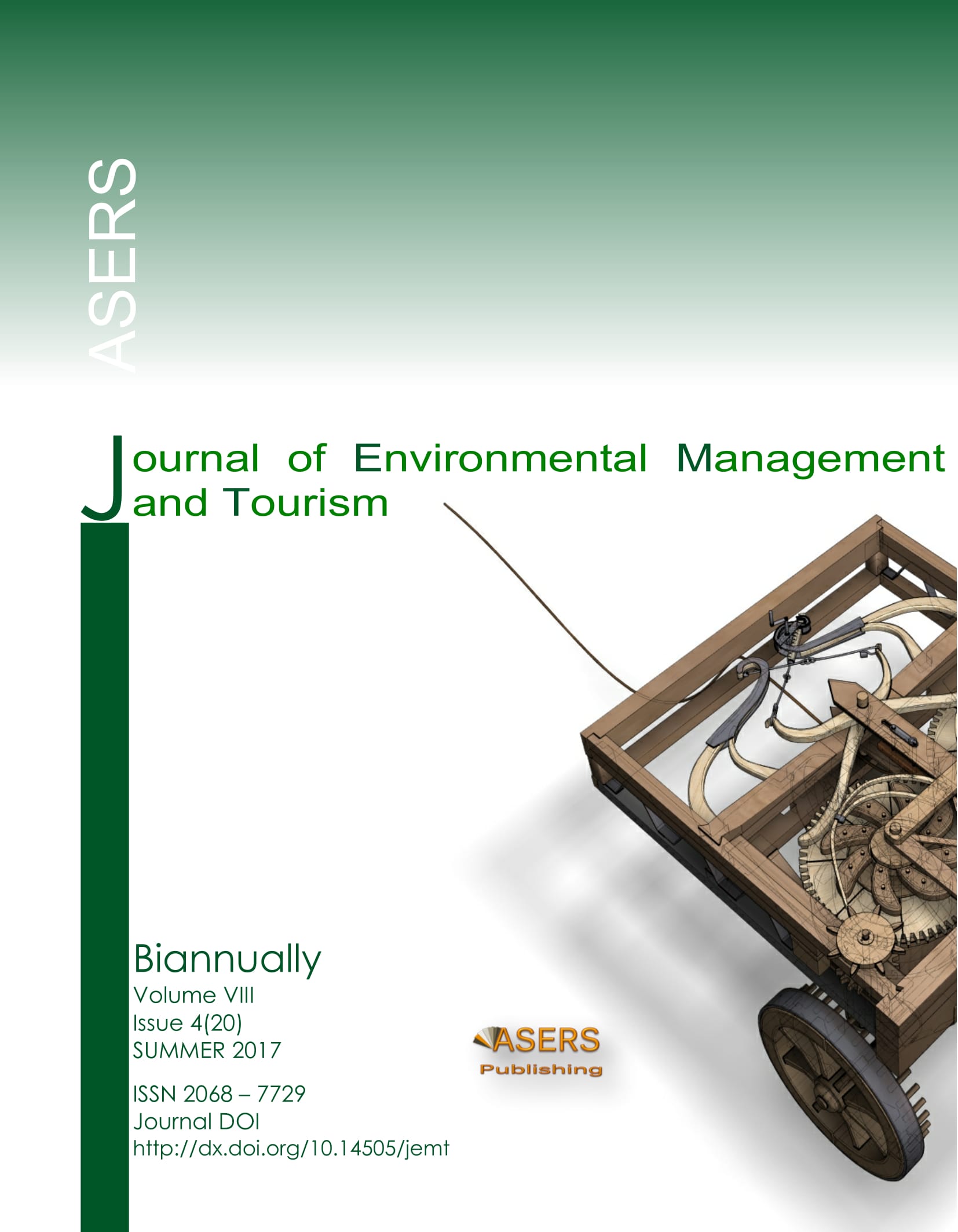The Dynamic Relationship between Economic Growth, Tourism Activity, and Real Exchange Rate in Indonesia
The Dynamic Relationship between Economic Growth, Tourism Activity, and Real Exchange Rate in Indonesia
Author(s): Elvina PRIMAYESA, Wahyu WIDODO, Franciscus Xaverius Sugiyanto, Firmansyah FirmansyahSubject(s): Economy, Tourism
Published by: ASERS Publishing
Keywords: tourism-led growth; Granger causality; tourism activity; exchange rate; Indonesia
Summary/Abstract: This study examines the effect of tourism activity on the economic growth in Indonesia for the period of 1984 - 2014. This study applies the vector autoregressive model, along with the Granger causality test and the persistence profile to analyze the dynamic relationship between tourism activity, economic growth, and real exchange rate in Indonesia. To examine the shock response of the variables, this study uses variance decomposition and impulse response function approach. Throughout analysis is performed based on the empirical literature of the tourism-led growth (TLG) hypothesis. The results show that, based on the co-integration test, there is no long-term relationship between tourism activity and economic growth, while the Granger causality test results no evidence of causality between observed variables, except for economic growth and real exchange rate. In addition, by using variance decomposition and impulse response function to analyze the response of each variable. In explaining the shock of tourism activity in Indonesia, economic growth is more important than the real exchange rate. Meanwhile, tourism activity and real exchange rates are equally important in explaining the shock of economic growth. The impulse response function states that the shock of economic growth and real exchange rate has a positive effect on the tourism activity in the short- and long-term. In addition, the shock of tourism activity has a positive effect on economic growth, while the real exchange rate shock has a negative effect on economic growth in Indonesia.
Journal: Journal of Environmental Management and Tourism (JEMT)
- Issue Year: VIII/2017
- Issue No: 04 (20)
- Page Range: 798-810
- Page Count: 13
- Language: English
- Content File-PDF

